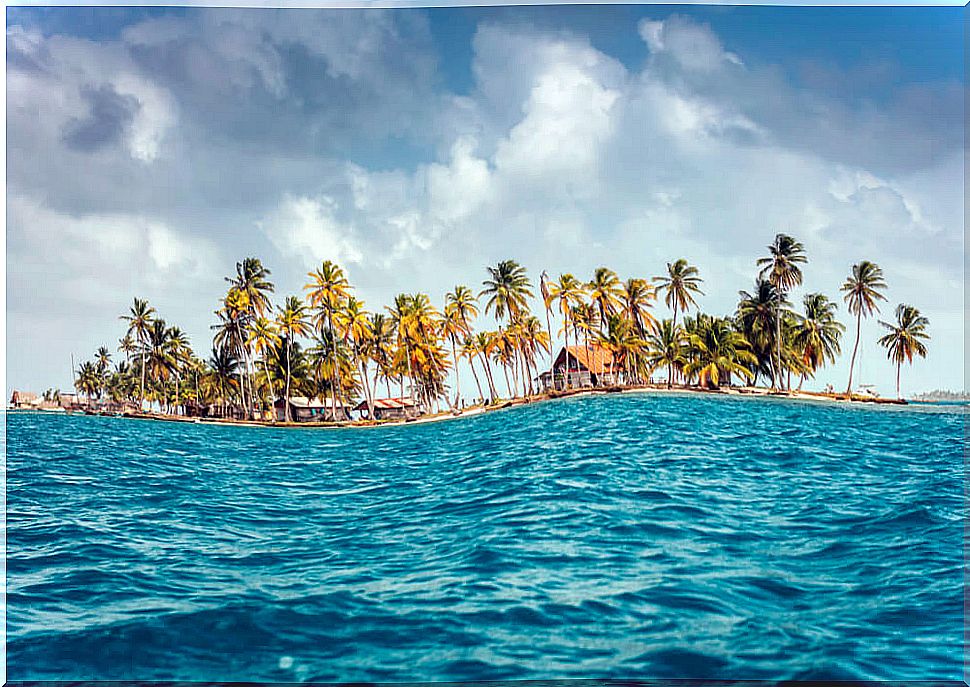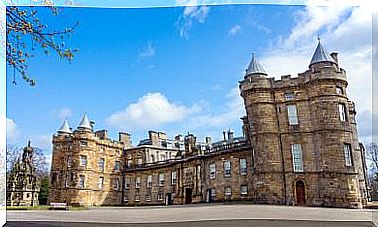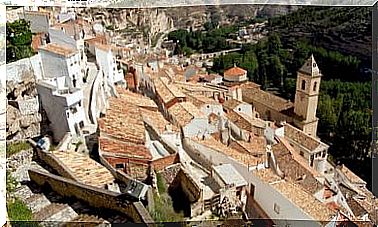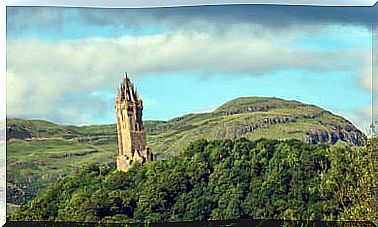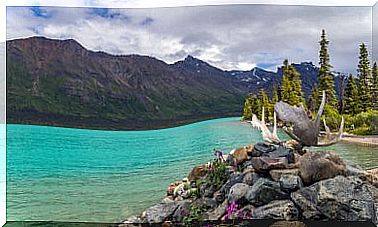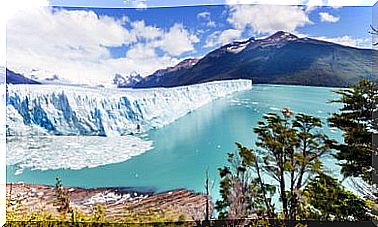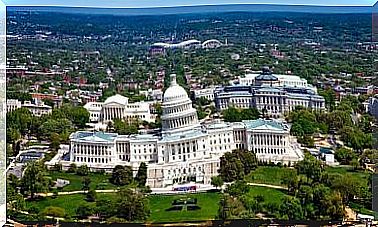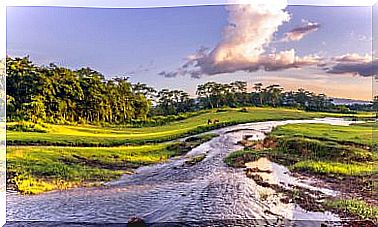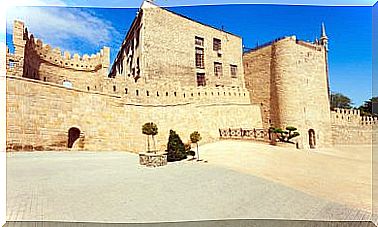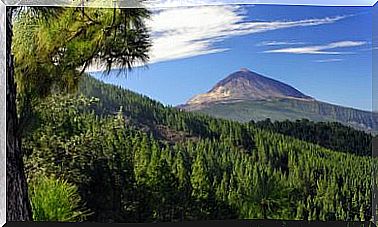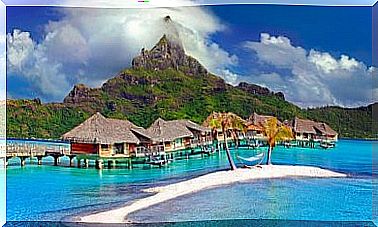Indigenous Tourism In Costa Rica
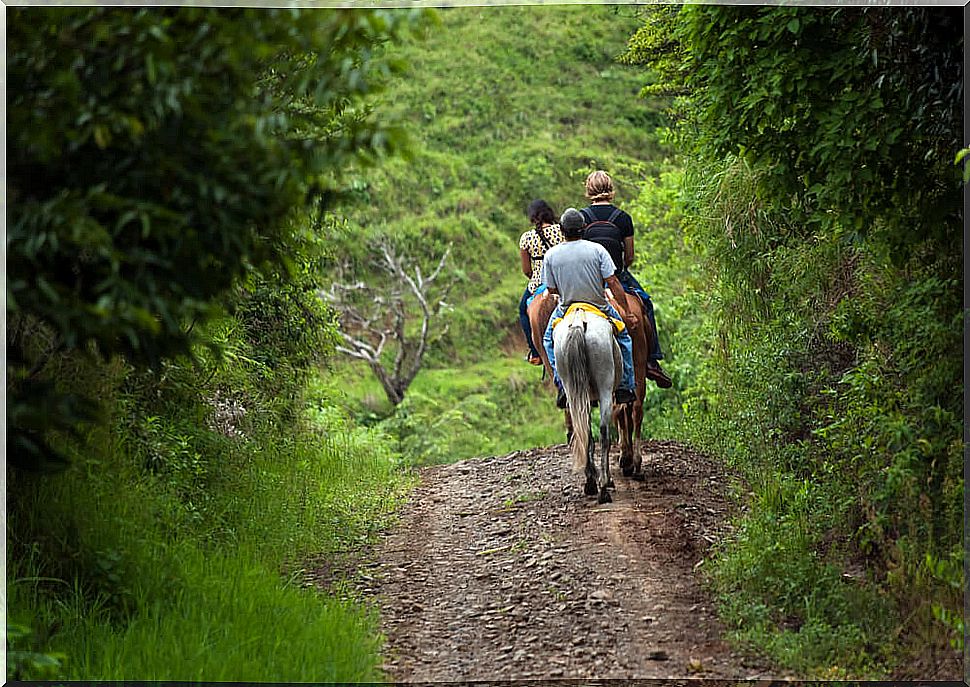
Currently, there are eight officially recognized indigenous peoples in Costa Rica: Brunka, Cabécar, Bribri, Guatuso-Maleku, Huetar, Chorotega, Térraba, Ngöbe-Buglé. These are located in 24 territories distributed throughout the country. Indigenous tourism is presented as a possibility to get to know them.
In the process of building the Costa Rican national ideology, it was wanted to eliminate the indigenous element. However, the reality is that in 2011 the indigenous population was 104,143 people. This represents 2.4% of the total population of the country.
These peoples have historically lived in social situations of precariousness and poverty. To reverse this situation, some of them have chosen to use a resource that has grown enormously in the 21st century: tourism. Let’s look at some examples of indigenous tourism in Costa Rica.
Bribri tourism in the indigenous territory of Talamanca
The territory of Talamanca is located in the southeast of the country, in the province of Limón; it is on the border with Panama. Talamanca is known as the Rebelde Talamanca, as it was a territory that the Spanish conquerors and colonizers failed to control. This was due to the resistance exercised by the indigenous populations. One of these peoples were the Bribris.
Talamanca is certainly a natural and cultural paradise. To take advantage of the potential of its territory, professional guides specialized in cultural and ecological tourism created, in 2014, the Association of Indigenous Guides of Tourism Bribri Talamanca.
With this association, they wanted to offer tourist tours of the region. These would be carried out by local indigenous guides accredited by the Costa Rican Tourism Institute.
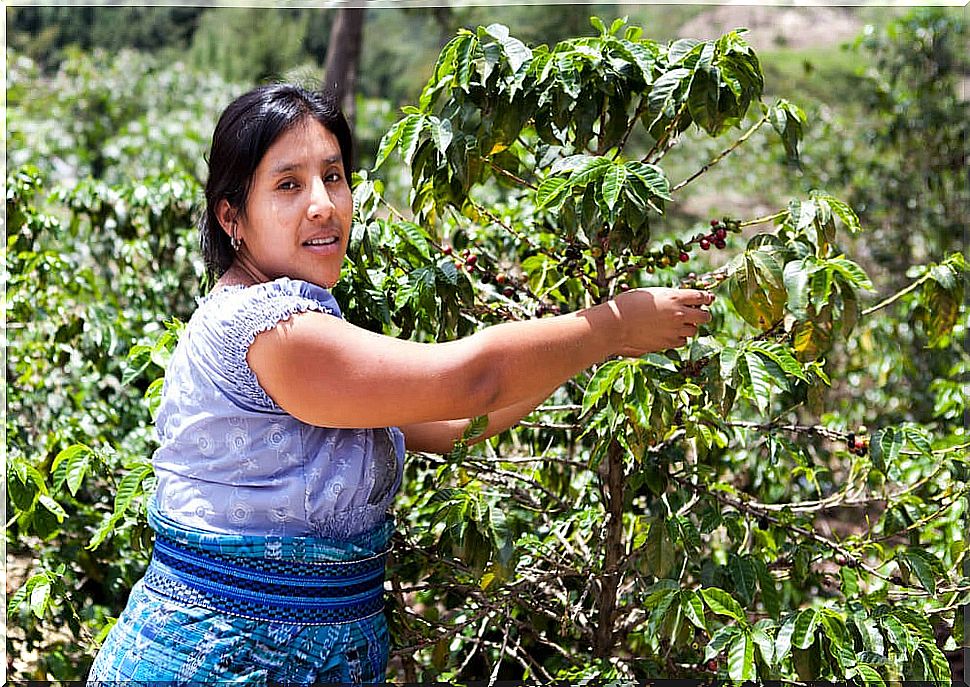
With this activity, not only does it seek to obtain a means of subsistence, but it also wants “through tourism, to be able to conserve the worldview, strengthen the indigenous Bribri culture and respect biodiversity based on the principles of good living” .
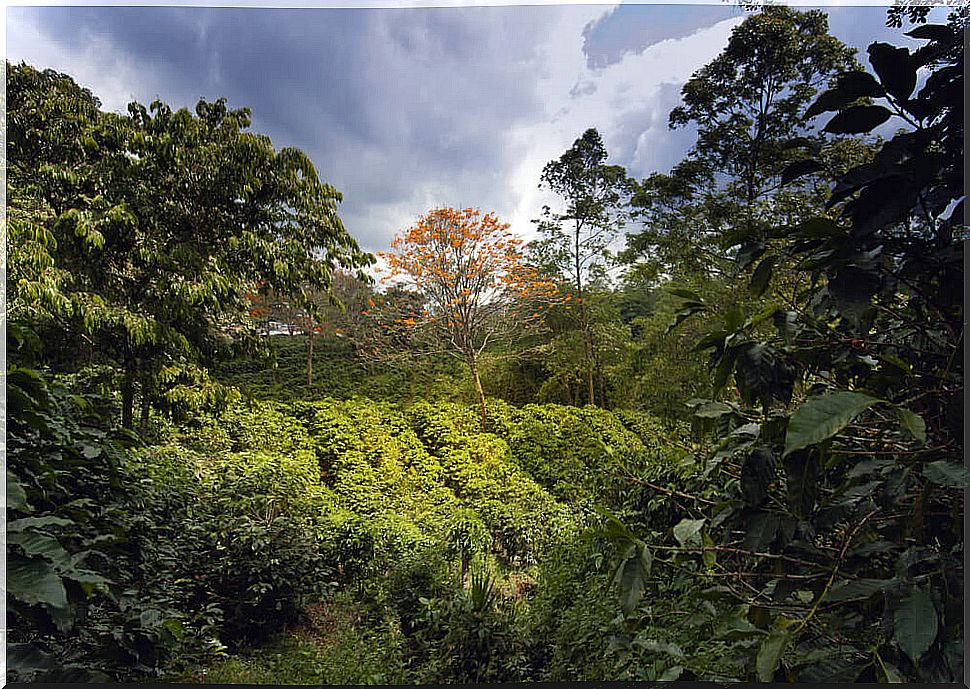
Visit the Maleku, in the northern plains
In this case, we move to the north of the country, almost to the border with Nicaragua. There we can visit another of the indigenous peoples of Costa Rica, the Guatuso-Maleku.
This people lived on the fringes of the Hispanic empire, since their territories were never occupied. Only in the nineteenth century, as a result of the exploitation of rubber, white society began to penetrate their territories.
The rubber tappers committed real outrages with the natives. Men were forced to work as porters and women and children were sold as slaves. This caused the Guatuso-Maleku population to decrease dramatically in a very short time.
Luckily, it was not possible to end them, and today we find them inhabiting a minimal portion of their ancestral territory. They do it in a reserve made up of three palenques: Margarita, Tonjibe and El Sol.
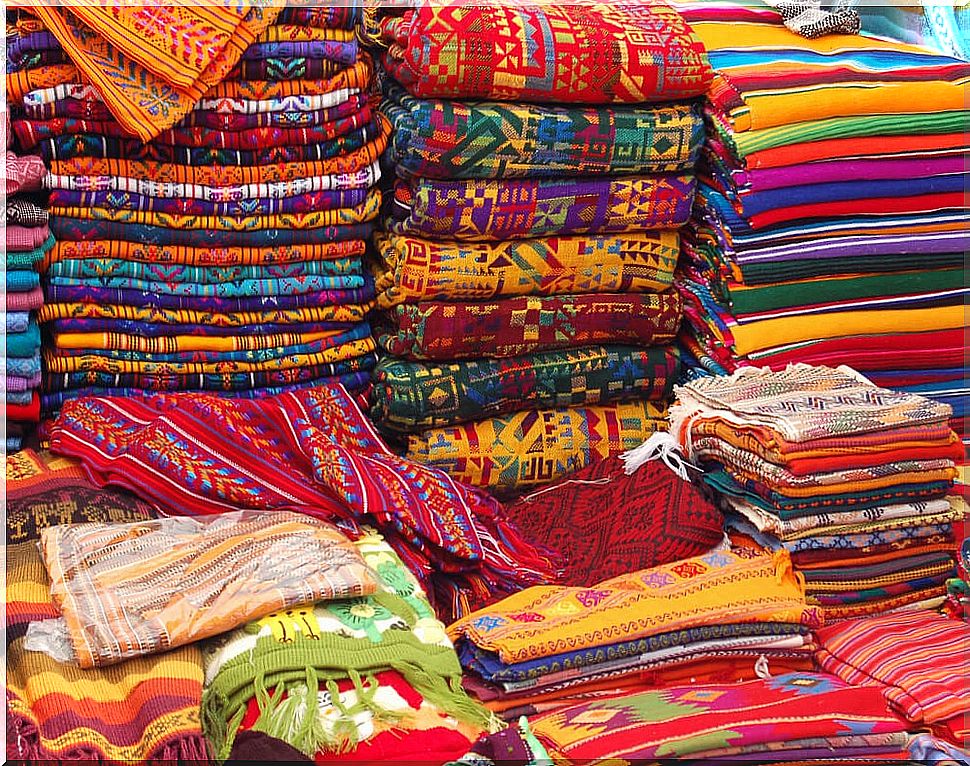
Throughout the 20th century, their living conditions were very precarious. As they did in Talamanca, they began to use tourism as a source of income for the community.
A tour of the Guatuso-Maleku community
If you are interested in getting to know this town, there are tours that take you to visit its community. The excursion consists of a tour of one of its palenques. Along the way, they explain some of their traditions, especially the funeral homes; its architectural and agricultural techniques and its ways of making handicrafts and clothes.
During the tour, they will also take tourists into the forest in order to show the symbiosis of the town with nature. There they will present some of the medicinal plants that their ancestors used and the way in which they still use them today. After the walk, visitors will enjoy a traditional maleku meal.
Huetar de Quitirrisí indigenous reserve
If you do not feel like it or do not have time to travel to the extreme north or south of the country, there is the possibility of visiting the Huetar de Quitirrisi indigenous reserve, located just 30 kilometers from the capital, San José. There, the Huetar people have undertaken various projects that have the purpose of rescuing the customs and traditions of this town.
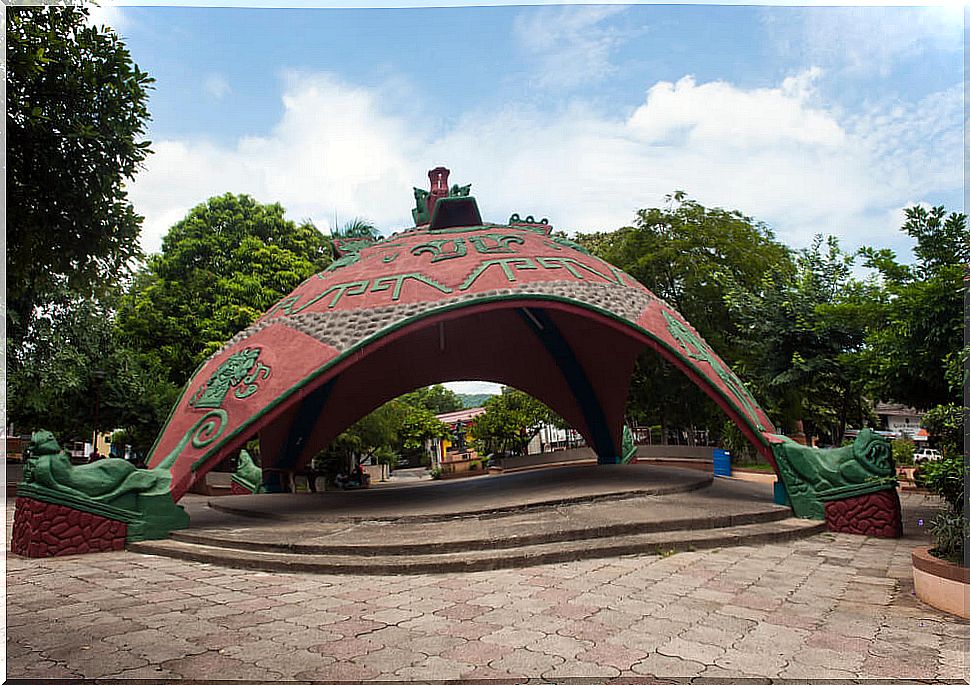
At the same time, they want to take advantage of the potential that the Quitirrisí community has as a tourist destination. To do this, they offer different services that have the purpose, in addition to providing resources to the community, of strengthening the Huetar culture.
El Rancho Biriteca SA and the Huetar Jujuca Handicraft Store are some examples. Who could turn down the opportunity to decorate their dining room with one of their crafts?
Give indigenous tourism a chance!
This type of tourism offers a way to get to know another of the edges of this wonderful Central American country. Here we have exposed just a few examples of indigenous tourism that can be done in Costa Rica.
If you are interested in learning more, you can inquire on the Facebook page of Turismo Indígena Costa Rica. There you can get more information and, if you wish, contact them.
